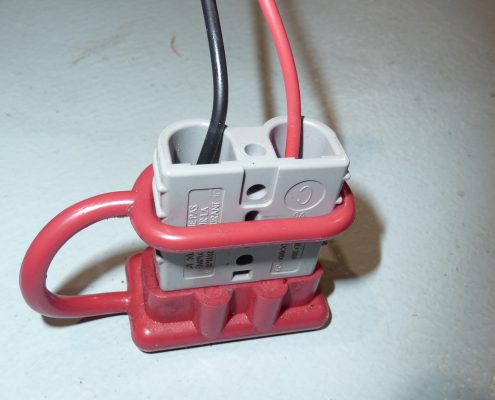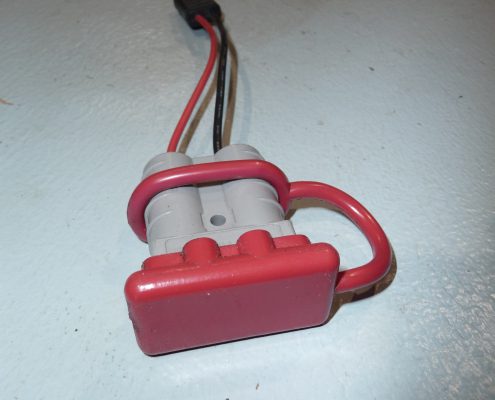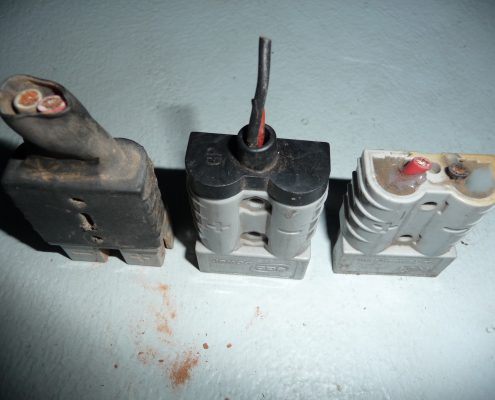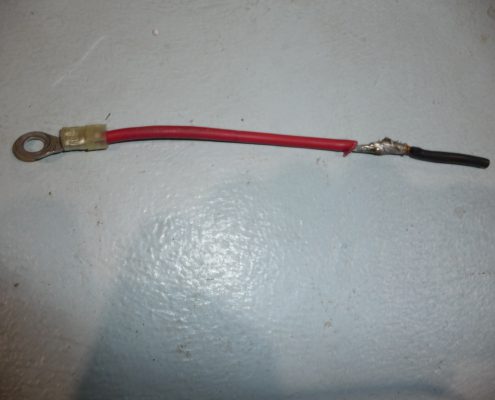Caravan and Motorhome Upgrades Gone Wrong
Revealing Questionable Practices: Unveiling Caravan and Motorhome Upgrades Gone Wrong
In the world of Caravan and RV manufacturing in Australia it seems that it is not just in older vans that have been modified, but it is also standard newer vans that have the greater number of dc electrical wiring mistakes. The AC needs to be wired by qualified Electricians as an “Electrical Certificate Compliance” is required for the wiring on each van. The same Electricians often also carry out the dc wiring. It is quite common that young electricians have no training in dc wiring but still do it as they know no one will get electrocuted from 12V dc. It is within the dc layout that we find an incorrect layout of dc components; cables and lugs that often have a mix of both small and large faults in original wiring. We correct these mistakes to ensure that installation of dc components are done correctly to enhance the camping experience.
In this blog post, we’ll delve into some shonky practices discovered during caravan and motorhome upgrades, particularly related to enabling free camping. From dubious wiring choices to subpar connectors, we’ll explore these issues and highlight the importance of proper installations for a safe and hassle-free adventure.
50A sealed at back of plug
Black cable from appliance in Caravan
Twisted Connections: Red Meets Black
A standard that is generally followed with dc wiring is to use red for +ve and black for -ve. On one job we found a situation where the electrician must have run out of black cable during a caravan wiring project. He joined a short length of red cable to the long black cable to reach a battery terminal. The customer had removed the battery and came around to us to fit a new battery. “Should we join the long black cable with 150mm of red cable on the end to the -ve or the +ve terminal?” As the cable went into a loom we had to use our special $800 gauge to establish which battery pole the cable should be connected to.
Clogging Woes: Anderson Plug Predicaments
Anderson plugs, a common feature for transferring DC power between towing vehicles and caravans, have experienced a surge in copycat versions since the expiration of the original patent. However, not all copies live up to the standards set by the genuine Anderson plug. We discovered three problematic copies, all of which suffered from clogged connections due to inadequate measures taken to prevent dust and dirt from exiting the plug. We’ll explore the consequences of such clogging issues and the need for proper sealing mechanisms to ensure reliable power transfer.
Genuine Anderson Plug: The Gold Standard
In stark contrast to the copycat plugs, we’ll also showcase a genuine Anderson plug that exemplifies the proper design and protective features. With a front cover that shields against dirt and water while allowing dust to be pushed out the back of the plug. A genuine plug sets the bar for quality and reliability. We’ll discuss the importance of using genuine products and the benefits they provide in terms of longevity and performance.
Upgrades and Installations
Caravan and Motorhome upgrades are exciting endeavours that can greatly enhance the camping experience. They often begin with understanding how the dc wiring was carried out in the manufacturing stage as no standards seem to apply, but one needs a base plan to move ahead from. However, it’s crucial to be aware of shonky practices that can jeopardise safety and functionality. By highlighting the examples of twisted connections, clogged plugs, and polarity confusion, we’ve underscored the importance of proper installations and the use of reliable components. When venturing into caravan and RV improvements, always prioritise quality, adherence to standards and attention to detail to enjoy worry-free adventures in the great outdoors where an auto electrician could be 100ds of Km away in our huge Country.
If you’re looking for professional Caravan upgrades and installations, then contact us today.




